Search titles
Displaying results 21 to 30 of 358.
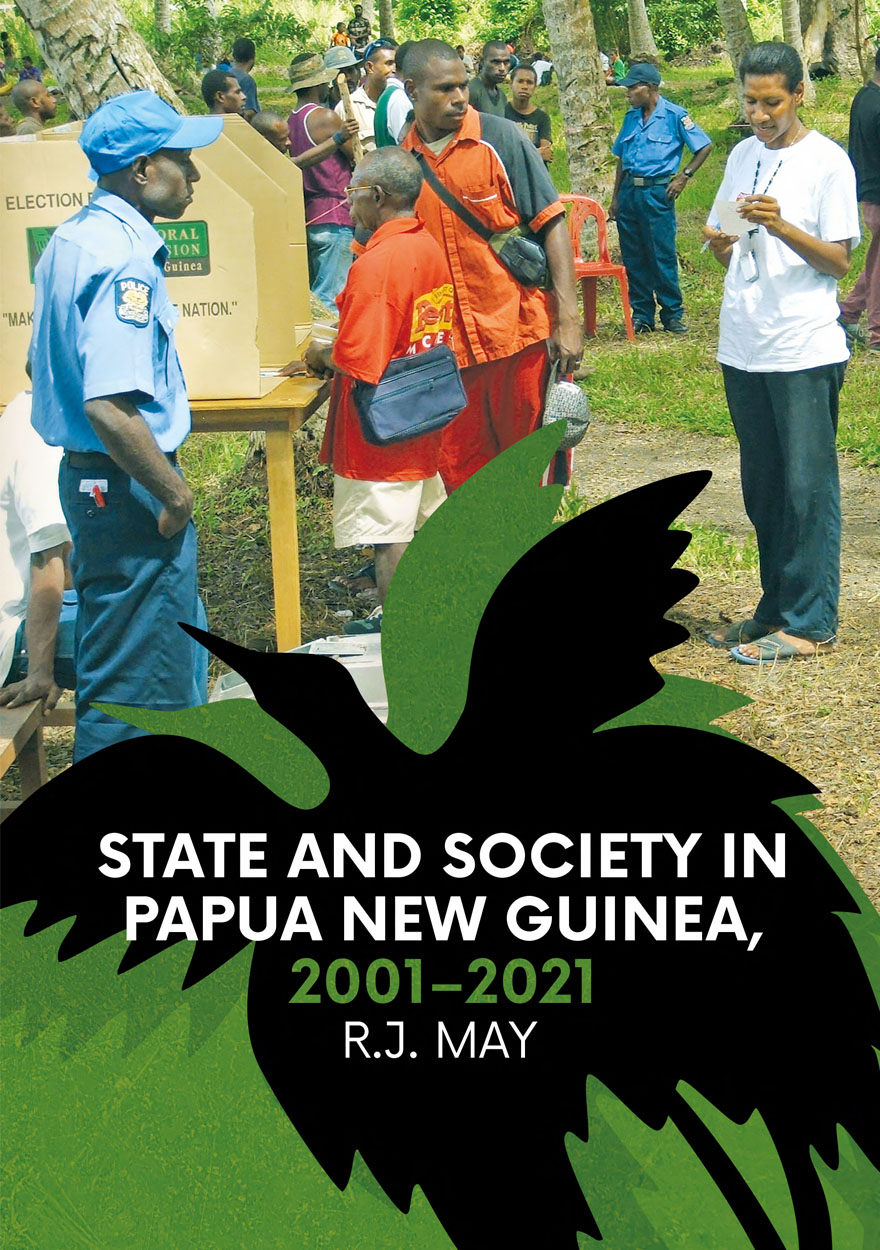
State and Society in Papua New Guinea, 2001–2021 »
Authored by: R.J. May
Publication date: August 2022
In a previous volume, State and Society in Papua New Guinea: The First Twenty-Five Years (2001, reprinted by ANU E Press in 2004), a collection of papers by the author published between 1971 and 2001 was put together to mark Papua New Guinea’s first 25 years as an independent state. This volume presents a collection of papers written between 2001 and 2021, which update the story of political and social development in Papua New Guinea in the first two decades of the twenty-first century.
The chapters cover a range of topics, from an evaluation of proposals for political reform in the early 2000s, a review of the discussion of ‘failing states’ in the island Pacific and the shift to limited preferential voting in 2007, to a detailed account of political developments from the move against Sir Michael Somare in 2011 to the election of Prime Minister Marape and his performance to 2022. There are also chapters on language policy, external and internal security, religious fundamentalism and national identity, and the sustainability of economic growth.
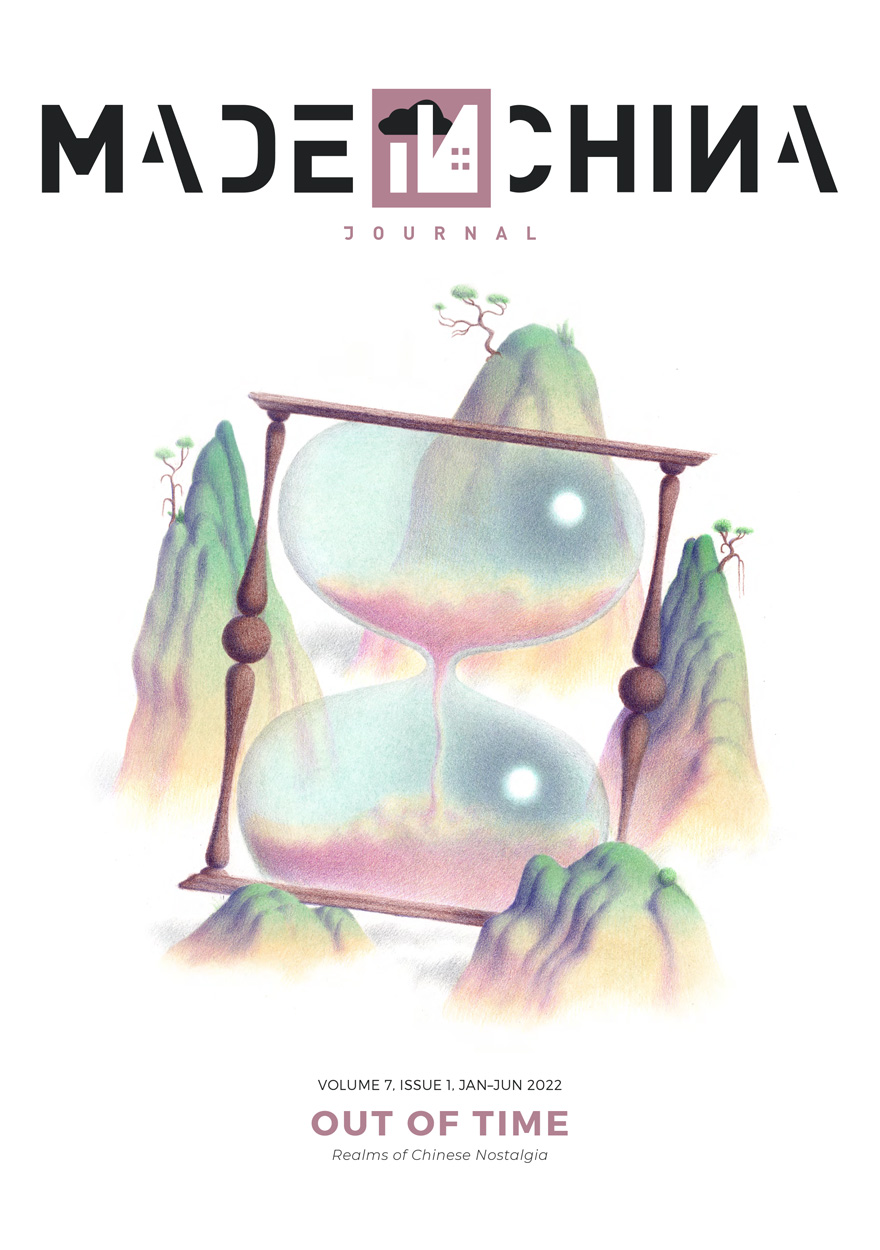
Made in China Journal: Volume 7, Issue 1, 2022 »
Publication date: August 2022
Cultural theorist Svetlana Boym famously distinguished two types of nostalgia: a restorative one that ‘manifests itself in total reconstructions of monuments of the past’; and a reflective one that ‘lingers on ruins, the patina of time and history, in the dreams of another place and another time’. But nostalgia is not necessarily only backward-looking. Rather, it can represent a feeling of longing for a future yet to be lost or even realised. For the historian Roxanne Panchasi, nostalgia may originate in the ways in which people anticipate and plan their lives around an expected future. This anticipated future, Panchasi intimates in her 2009 book Future Tense, ‘can tell us a great deal about the cultural preoccupations and political perspectives of the present doing the anticipating’. In these and other ways, nostalgia can actualise in cultural expression and performance within communities of nostalgia and as immersive environments that shine a light on past trauma to move closer to reconciliation. Contributors to this issue of the Made in China Journal explore the workings of nostalgia in people’s memories and spaces in China from a variety of perspectives to uncover how and why admirers of the Maoist and post-socialist eras express their longings for pasts real, imagined, and somewhere in between.
Download for free
Not available for purchase
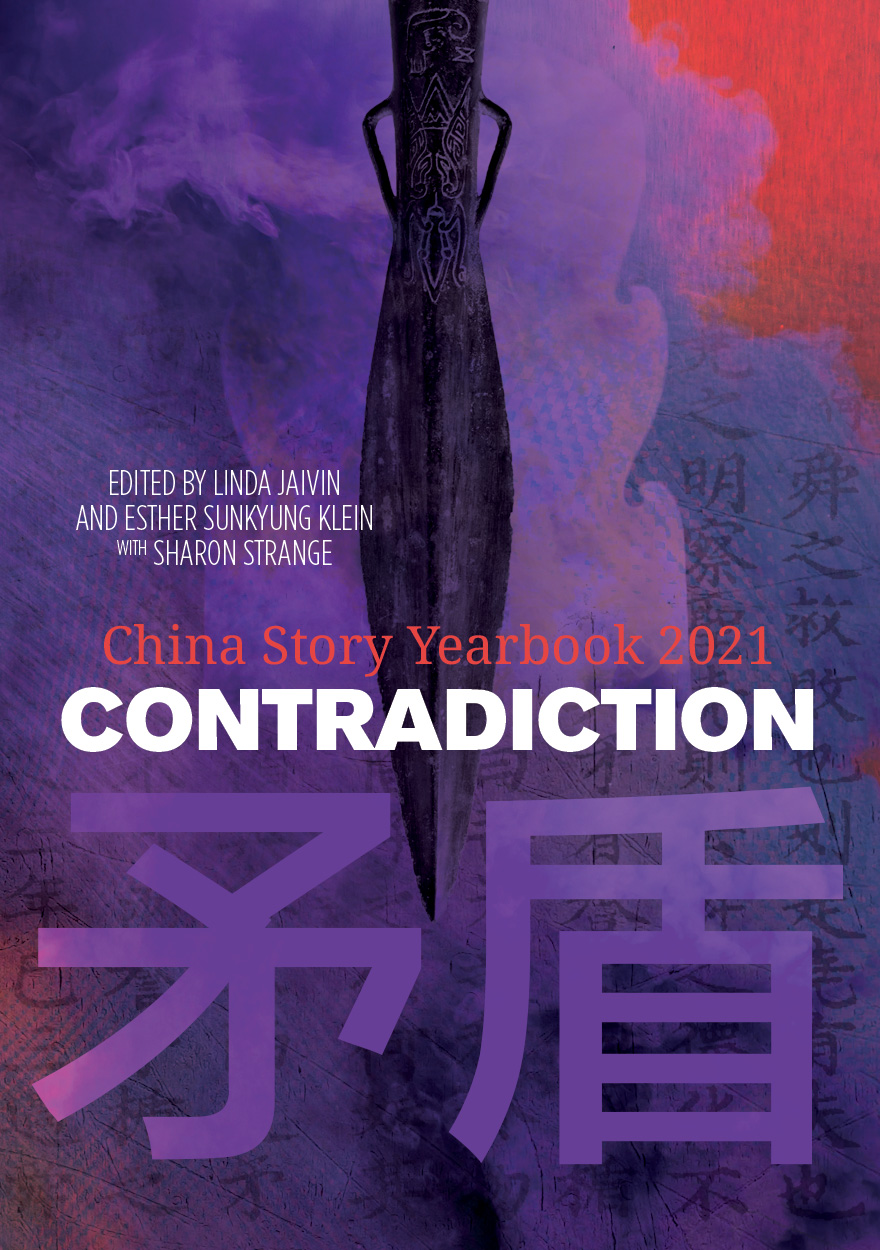
Contradiction »
Edited by: Linda Jaivin, Esther Sunkyung Klein, Sharon Strange
Publication date: May 2022
In the second year of the COVID-19 pandemic, the many facets of crisis—the theme of last year’s China Story Yearbook—fractured into pictures of contradiction throughout Chinese society and the Chinese sphere of influence.
Contradiction: the ancient Chinese word for the concept holds within it the image of an unstoppable spear meeting an impenetrable shield. It describes a wide range of phenomena that English might express with words like conflict, clash, paradox, incongruity, disagreement, rebuttal, opposition, and negation. This year’s Yearbook presents stories of action and reaction, of motion and resistance.
The theme of contradiction plays out in different ways across the different realms of society, culture, environment, labour, politics, and international relations. Great powers do not necessarily succeed in dominating smaller ones. The seemingly irresistible forces of authoritarianism, patriarchy, and technological control come up against energised and surprisingly resilient means of resistance or cooptation. Efforts by various authorities to establish monolithic narrative control over the past and present meet a powerful insistence on telling the story from an opposite angle. The China Story Yearbook: Contradiction offers an accessible take on this complex and contradictory moment in the history of China and of the world.
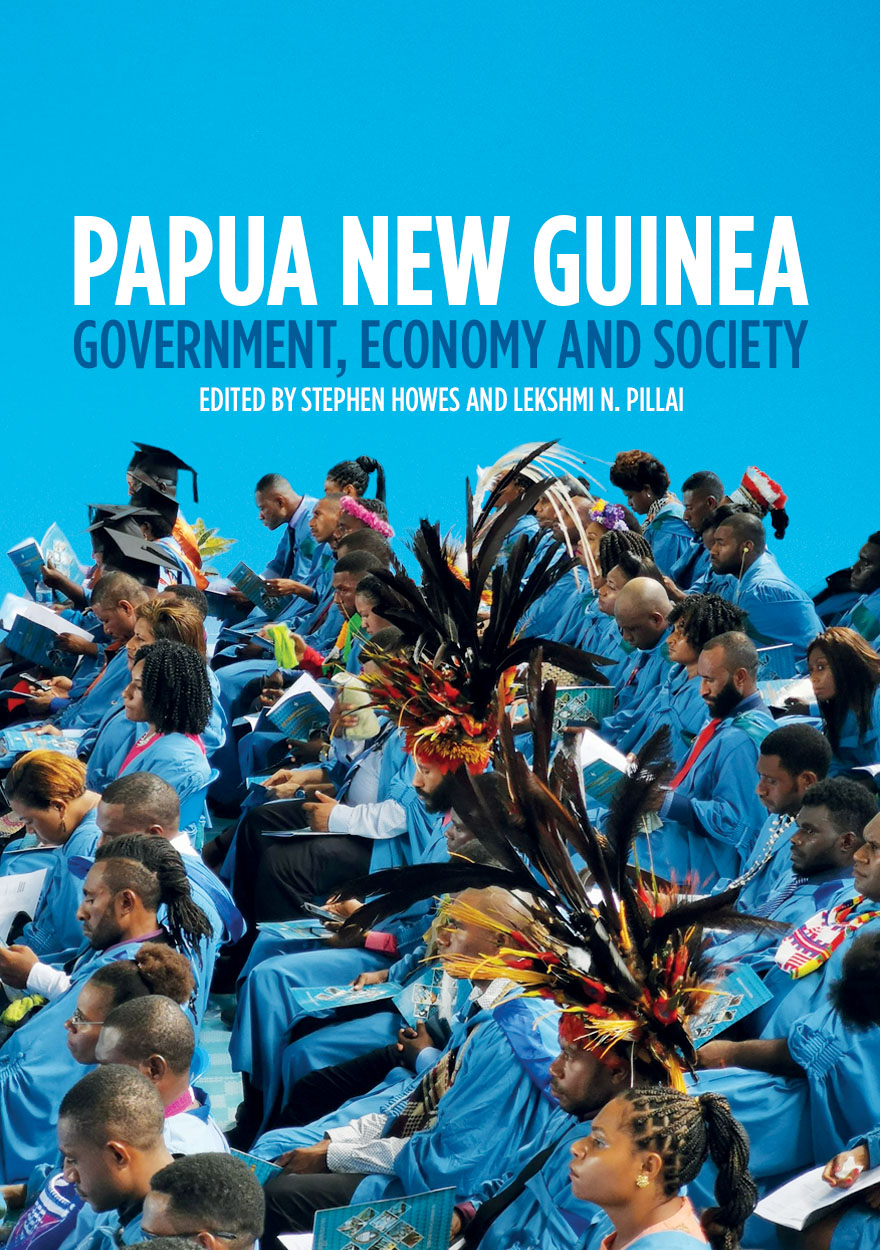
Papua New Guinea: Government, Economy and Society »
Edited by: Stephen Howes, Lekshmi N. Pillai
Publication date: March 2022
Papua New Guinea (PNG), a nation of now almost nine million people, continues to evolve and adapt. While there is no shortage of recent data and research on PNG, the two most recent social science volumes on the country were both written more than a decade ago. Since then, much has changed and much has been learnt. What has been missing is a volume that brings together the most recent research and reports on the most recent data. Papua New Guinea: Government, Economy and Society fills that gap.
Written by experts at the University of Papua New Guinea and The Australian National University among others, this book provides up-to-date surveys of critical policy issues for PNG across a range of fields, from elections and politics, decentralisation, and crime and corruption, to PNG’s economic trajectory and household living standards, to uneven development, communication and the media. The volume’s authors provide an overview of the data collected and research undertaken in these various fields in an engaging and accessible way.
Edited by Professor Stephen Howes and Professor Lekshmi N. Pillai, Papua New Guinea: Government, Economy and Society is a must-read for students, policymakers and anyone interested in understanding this complex and fascinating country.
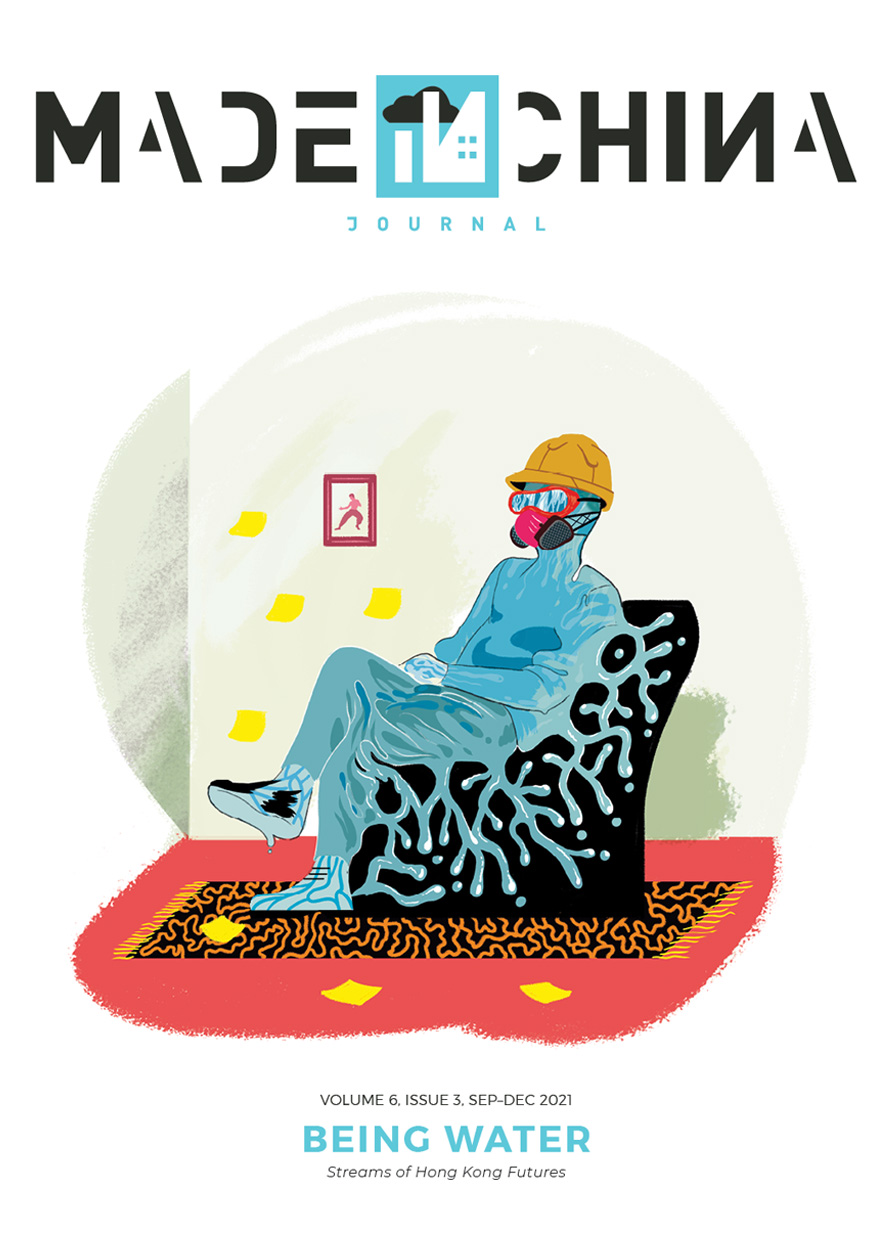
Made in China Journal: Volume 6, Issue 3, 2021 »
Edited by: Ivan Franceschini, Nicholas Loubere, Shui-yin Sharon Yam
Publication date: March 2022
In 2019 and 2020, Hongkongers witnessed—and, in many cases, participated in—one of largest and most exacting grassroots movements in the city’s history. Triggered by a proposed Extradition Bill and fuelled by a decades-long struggle for democracy and political freedom, the decentralised protest quickly seeped into the city’s everyday life. While some of the protestors confronted the police in black blocs, others participated in strikes, sit-ins, and economic boycotts. To suppress the movement, the Hong Kong police deployed an alarming use of force and violence. To put an end to the movement once and for all, in June 2020 the Chinese and Hong Kong government abruptly implemented the National Security Law (NSL), effectively rendering any expressions of dissent seditious and illegal. Since then, prominent pro-democracy activists and politicians have either gone into exile or have been imprisoned under the NSL; books penned by activists have been removed from the shelves of public libraries; key historical events and political concepts have been censored from textbooks; and around 60 advocacy groups and independent media outlets were forced to disband. Given the chilling effect of the NSL, many Hongkongers have chosen to emigrate. Amid this ongoing crackdown, this issue of the Made in China Journal takes stock of the aftermath of the protest movement and reflects on the sociopolitical changes that are taking place in Hong Kong’s political and civil society in the post-NSL era.
Download for free
Not available for purchase

Xinjiang Year Zero »
Publication date: January 2022
Since 2017, the Chinese authorities have detained hundreds of thousands of Uyghurs, Kazakhs and other Muslim minorities in ‘reeducation camps’ in China’s northwestern Xinjiang autonomous region. While the official reason for this mass detention was to prevent terrorism, the campaign has since become a wholesale attempt to remould the ways of life of these peoples—an experiment in social engineering aimed at erasing their cultures and traditions in order to transform them into ‘civilised’ citizens as construed by the Chinese state. Through a collection of essays penned by scholars who have conducted extensive research in the region, this volume sets itself three goals: first, to document the reality of the emerging surveillance state and coercive assimilation unfolding in Xinjiang in recent years and continuing today; second, to describe the workings and analyse the causes of these policies, highlighting how these developments insert themselves not only in domestic Chinese trends, but also in broader global dynamics; and, third, to propose action, to heed the progressive Left’s call since Marx to change the world and not just analyse it.
‘Xinjiang Year Zero provides an analysis of the processes of dispossession being experienced by Uyghurs and other indigenous peoples of China’s Uyghur region that is sorely needed today. Most politicians and their followers today, whether on the left or the right, view what is happening to the peoples of this region through a twentieth-century lens steeped in dichotomies that are obsolete in describing the nature of states today—those of capitalism vs socialism and democracy vs totalitarianism. The contributors to this volume explore what is happening in Xinjiang in the context of the twenty-first century’s racialised and populist-fuelled state power, global capitalist exploitation, and ubiquitous surveillance technology. At the same time, they invite the reader to reflect on how the processes of dispossession in the Uyghur region during the twenty-first century are repeating the colonial practices of the nineteenth and twentieth centuries that have shaped our current global system of inequality and oppression. The result offers an analysis of what is happening in Xinjiang that emphasises its interconnectedness to what is happening around us everywhere in the world. If you believe that the repression in this region is a fabrication to ‘manufacture consent’ for a cold war between the “West” and China, you need to read this book. Afterwards, you will understand that if you want to stop a return to the twentieth-century geopolitical conflicts embodied in the idea of a cold war, you must establish solidarity with the Indigenous peoples of China’s northwest and call for the end to the global processes fuelling their dispossession both inside China and outside.’
— Sean R. Roberts, Director of International Development Studies, The George Washington University’s Elliott School of International Affairs, and author of The War on the Uyghurs
‘Xinjiang Year Zero provides a highly readable and utterly necessary account of what is happening in Xinjiang and why. By showing how the mass detentions of Uyghurs and other Xinjiang Muslims are linked to both global capitalism and histories of settler colonialism, the edited book offers new ways of understanding the situation and thus working toward change. A must-read not only for those interested in contemporary China, but also for anyone who cares about digital surveillance and dispossession around the globe.’
— Emily T. Yeh, University of Colorado Boulder, author of Taming Tibet: Landscape Transformation and the Gift of Chinese Development
‘The crisis in Xinjiang has engendered its own crisis of interpretation and action at a time of growing geopolitical rivalry: how to condemn the atrocities without supporting hawkish voices, particularly among US politicians, who seek to Cold War-ise the US relationship with “Communist China”? How to critique China for colonialism, racism, assimilationism, extra-legal internment, and coerced labour when many Western nations are built on a history of those same things? Xinjiang Year Zero not only provides non-specialists a thorough, readable, up-to-date account of events in Xinjiang. This much-needed book also offers a broader framing of the crisis, drawing comparisons to settler colonialism elsewhere and revealing direct connections to global capitalism and to the rise of technological surveillance everywhere.’
— James A. Millward, Georgetown University, author of Eurasian Crossroads: A History of Xinjiang

Agenda - A Journal of Policy Analysis and Reform: Volume 28, Number 1, 2021 »
Edited by: William Coleman
Publication date: December 2021
Agenda is a refereed, ECONLIT-indexed and RePEc-listed journal of the College of Business and Economics, The Australian National University. Launched in 1994, Agenda provides a forum for debate on public policy, mainly (but not exclusively) in Australia and New Zealand. It deals largely with economic issues but gives space to social and legal policy and also to the moral and philosophical foundations and implications of policy.
Subscribe to the Agenda Alerting service if you wish to be advised on forthcoming or new issues.
Download for free
Not available for purchase
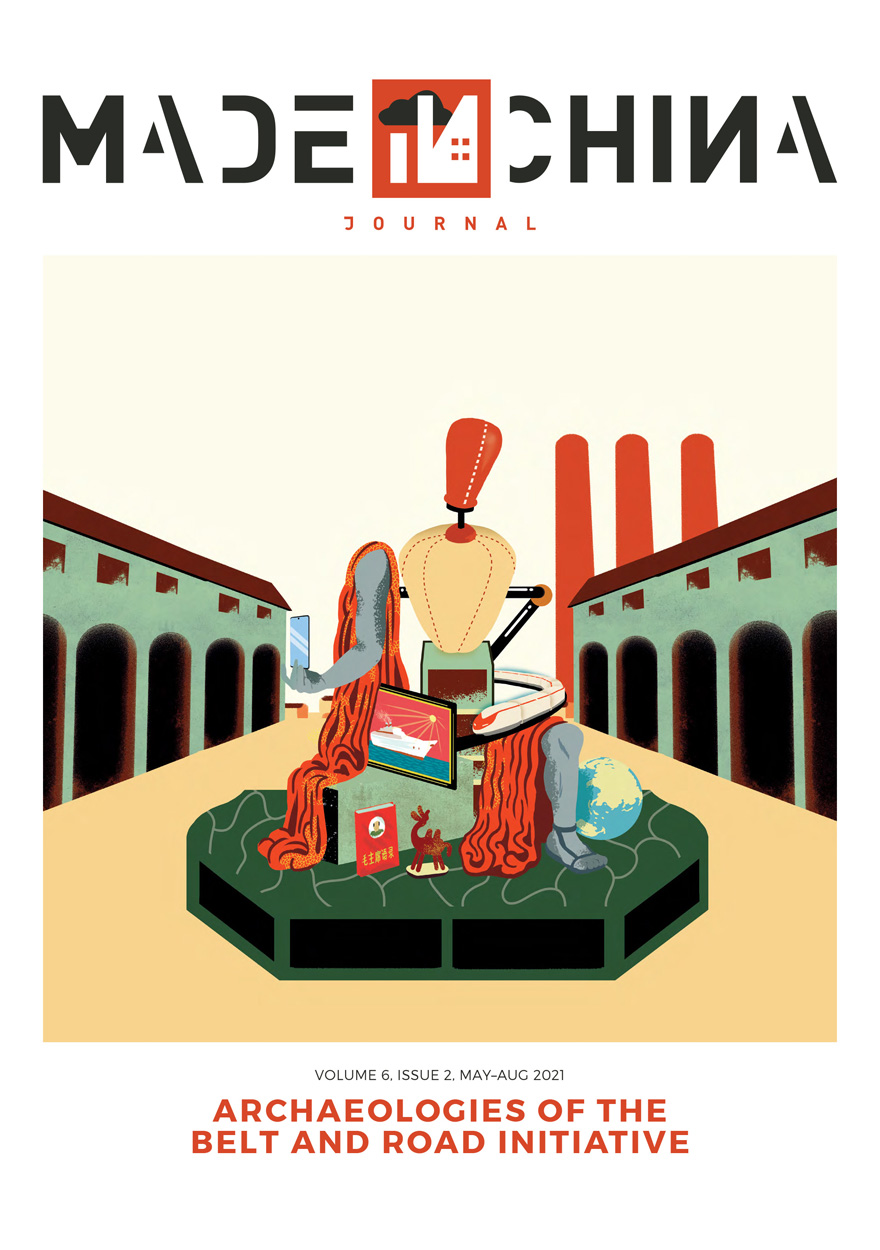
Made in China Journal: Volume 6, Issue 2, 2021 »
Edited by: Ivan Franceschini, Nicholas Loubere
Publication date: December 2021
Since its announcement in 2013, the Belt and Road Initiative (BRI) has become the main lens through which both observers and stakeholders trace China’s global footprint. Whether cheered on as a new engine of economic development in a fraught and increasingly unequal world or frowned on as a masterplan through which the Chinese authorities are attempting to establish global hegemony, the infrastructure component of the BRI has become such an important frame in discussions of Global China that less tangible aspects that are not in its purview tend to be lost or overlooked. One of these neglected dimensions is China’s long history of international engagement aimed at building economic, political, social, and cultural ties in both the Global North and the Global South. Frequently, we tend to forget how the international presence of Chinese actors we are currently observing did not just happen overnight, but was built on decades of experience of China’s interaction with the rest of the world. In the belief that examining these historical precedents can help us shed light on both the continuities and the discontinuities in the practices of today and that only by digging into the dirt of history can we excavate the roots of the dynamics we are witnessing, this issue is dedicated to the ‘archaeologies of the BRI’.
Download for free
Not available for purchase
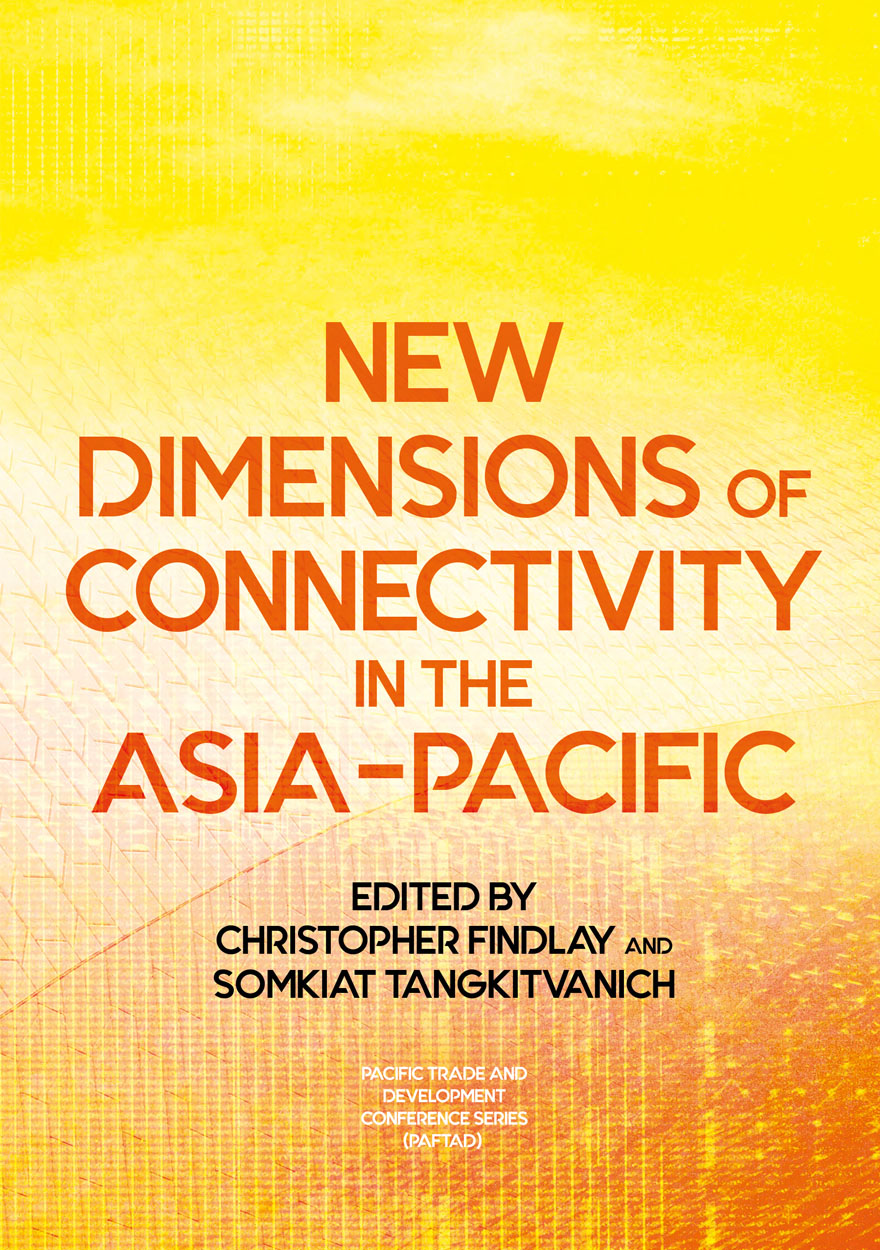
New Dimensions of Connectivity in the Asia-Pacific »
Edited by: Christopher Findlay, Somkiat Tangkitvanich
Publication date: November 2021
There is no bigger policy agenda in the East Asian region than connectivity. Costs of international connectivity are indeed falling, in the movement of goods, services, people and data, leading to greater flows, and to the reorganisation of business and the emergence of new forms of international transactions. There are second-round effects on productivity and growth, and on equity and inclusiveness. Participating in trade across borders involves significant set-up costs and, if these costs are lowered due to falling full costs of connectivity, more firms will participate, which is a driver of productivity growth and innovation at the firm level. Connectivity investments are linked to poverty reduction, since they reduce the costs of participating in markets.
This volume includes chapters on the consequences of changes in both physical and digital connectivity for trade, for the location of economic activity, for forms of doing business, the growth of e-commerce in particular, and for the delivery of new services, especially in the financial sector. A study of China’s Belt and Road Initiative (BRI) is also included. These studies are preceded by an assessment of the connectivity performance in the Asia-Pacific region and followed by a discussion of impediments to investment in projects that contribute to productivity. The collection as a whole provides the basis for a series of recommendations for regional cooperation.
The Pacific Trade and Development (PAFTAD) conference series has been at the forefront of analysing challenges facing the economies of East Asia and the Pacific since its first meeting in Tokyo in January 1968.

Leading from the North »
Rethinking Northern Australia Development
Edited by: Ruth Wallace, Sharon Harwood, Rolf Gerritsen, Bruce Prideaux, Tom Brewer, Linda Rosenman, Allan Dale
Publication date: September 2021
Leading from the North aims to improve public dialogue around the future of Northern Australia to underpin robust and flexible planning and policy frameworks. A number of areas are addressed including social infrastructure, governance systems, economic, business and regional development, climate and its implications, the roles and trends in demography and migration in the region.
This book not only speaks to the issues of development in Northern Australia but also other regional areas, and examines opportunities for growth with changing economies and technologies.
The authors of this book consist of leading researchers, academics and experts from Charles Darwin University, The Australian National University, James Cook University, the Australian Institute of Marine Science and many other collaborative partners.
Many of the authors have first-hand experience of living and working in Northern Australia. They understand the real issues and challenges faced by people living in Northern Australia and other similar regional areas. Backed by their expertise and experience, the authors present their discussions and findings from a local perspective.



